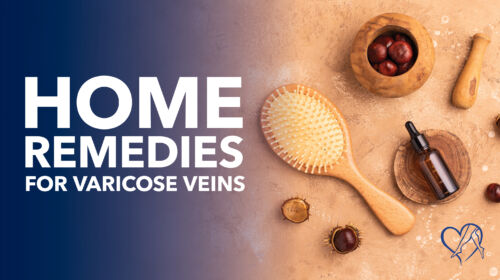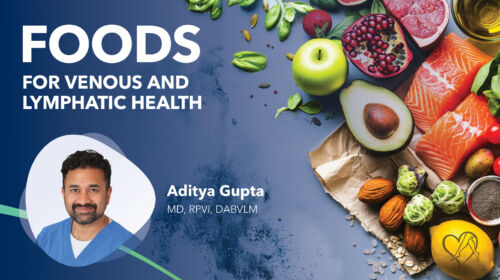
Foods for Venous and Lymphatic Health
Discover how your diet can support healthier veins and lymphatic flow in this expert blog by Dr. Aditya Gupta. From antioxidant-rich berries to inflammation-fighting fatty fish, learn which foods help reduce swelling, support circulation, and promote vascular health. While eating well is important, symptoms like leg heaviness or visible veins may signal the need for professional care. Schedule a consultation with Center for Vein Restoration to get a personalized treatment plan.
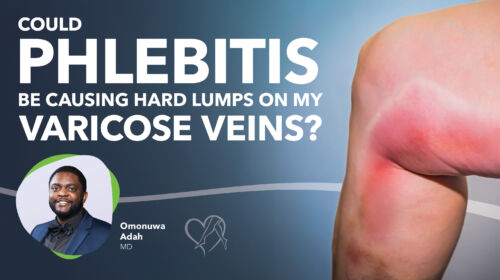
Could Phlebitis Be Causing Hard Lumps on My Varicose Veins?
Are you feeling a painful, hard lump near a varicose vein? It could be phlebitis—an often overlooked vein problem caused by inflammation or a superficial blood clot. In this blog, board-certified vein specialist Dr. Omonuwa Adah of Center for Vein Restoration explains how to identify the symptoms of phlebitis, the link to varicose veins and venous insufficiency, and the most effective vein treatments available. Learn how expert vein care can relieve leg pain, prevent deep vein thrombosis (DVT), and protect your long-term vascular health.
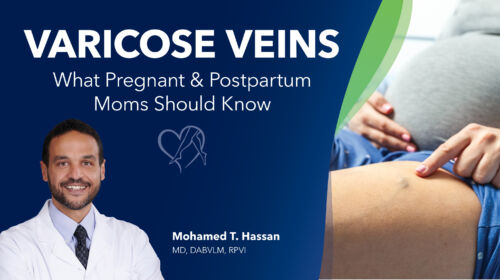
Varicose Veins: What Pregnant & Postpartum Moms Should Know
Pregnancy and postpartum can trigger varicose veins, leg swelling, and pelvic pressure due to hormonal and circulatory changes. Learn how these symptoms relate to venous insufficiency and what steps you can take to feel better—before and after baby. This medically reviewed guide from Center for Vein Restoration explains causes, symptoms, and safe vein treatment options for moms. Discover how board-certified vein specialists can help you find relief with expert, minimally invasive care.
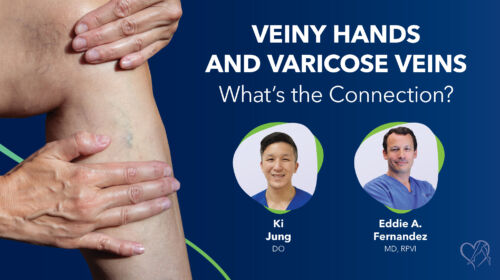
Veiny Hands and Varicose Veins: What’s the Connection?
Are bulging veins in your hands and legs a normal sign of aging or a warning of venous disease? This medically reviewed blog explains the difference between veiny hands and varicose veins, what causes each, and when to seek care from a board-certified vein specialist. Learn how symptoms like leg pain, swelling, and visible veins may signal venous insufficiency, and how Center for Vein Restoration offers minimally invasive treatment to help you look and feel your best.

Is There a Connection Between Heart Problems and Varicose Veins?
This blog examines the common risk factors between vein disease and heart conditions, providing insight into how your vein health may reflect your overall cardiovascular wellness. Learn what signs to watch for and how expert vein care at Center for Vein Restoration can help protect your legs—and your heart.

Why Do My Legs Hurt When I Lie Down?
If your legs throb, cramp, or ache the moment you lie down, it could be more than just tired muscles—it might be a sign of vein disease. This blog examines the most common causes of nighttime leg pain, including varicose veins and venous insufficiency, restless leg syndrome, and other conditions, with guidance on when to seek medical help. Learn how Center for Vein Restoration’s expert care and minimally invasive treatments can help you sleep and feel better.

What are the Stages of Varicose Veins?
Learn how to recognize and treat varicose veins before they progress. This comprehensive guide from Center for Vein Restoration explains the clinical stages of vein disease, from early spider veins to serious venous ulcers, and why early intervention for venous insufficiency can prevent leg pain, swelling, and skin damage. Discover minimally invasive vein treatment options and when to see a vein doctor for lasting relief.

How Fast Does a Blood Clot Travel from the Legs to the Lungs?
Blood clots play an important role in our body to prevent excessive bleeding. However, when clots develop inappropriately and migrate to unintended locations, blood clots can pose a serious and potentially lethal risk.
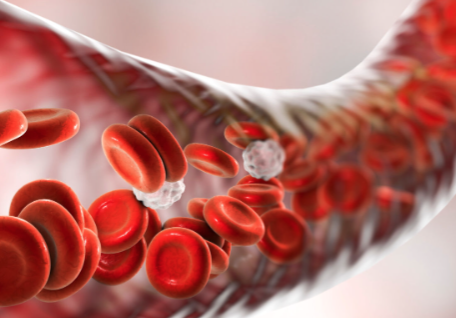 About Vein Disease
About Vein Disease
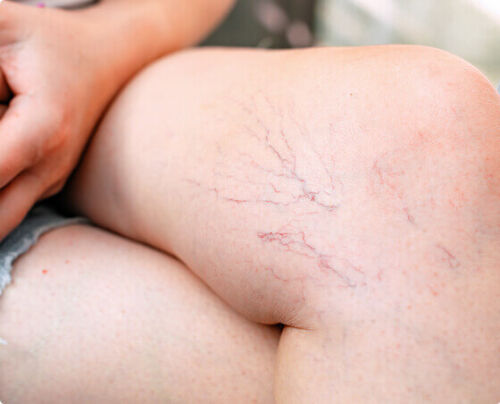 Spider Veins
Spider Veins
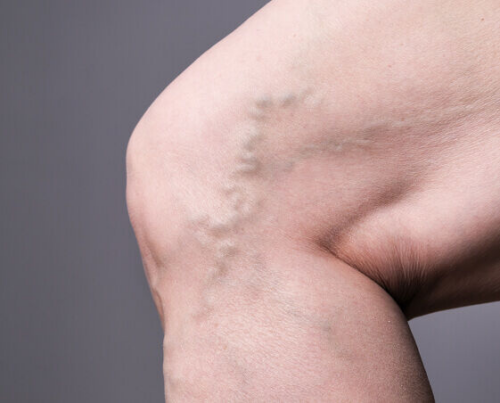 Varicose Veins
Varicose Veins
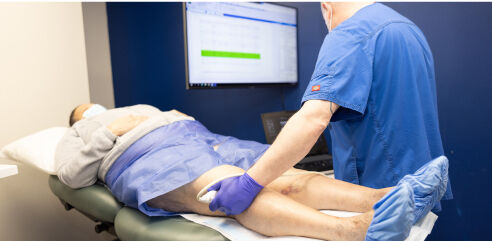 Vein Disease Treatments
Vein Disease Treatments
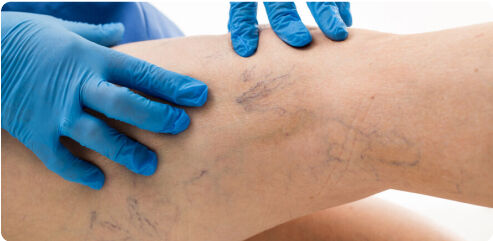 Treating Spider Veins
Treating Spider Veins
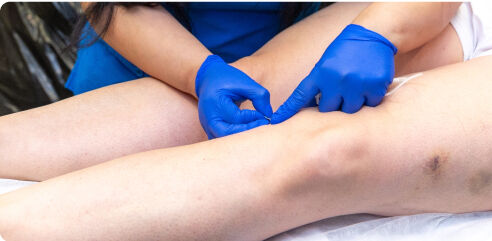 Treating Varicose Veins
Treating Varicose Veins
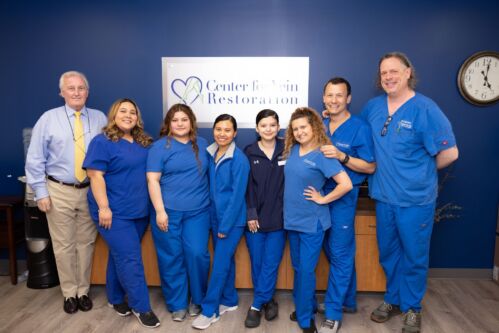 About Us
About Us
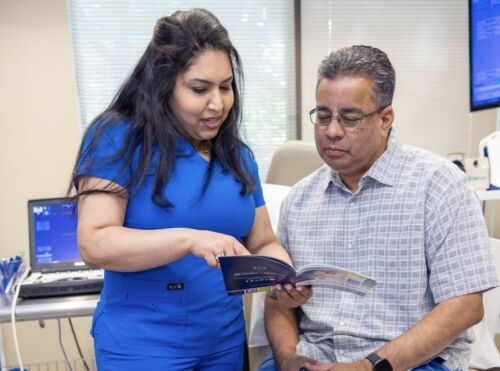 Patient Resources
Patient Resources
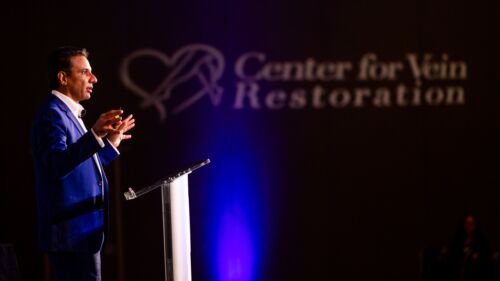 Physician Resources
Physician Resources

